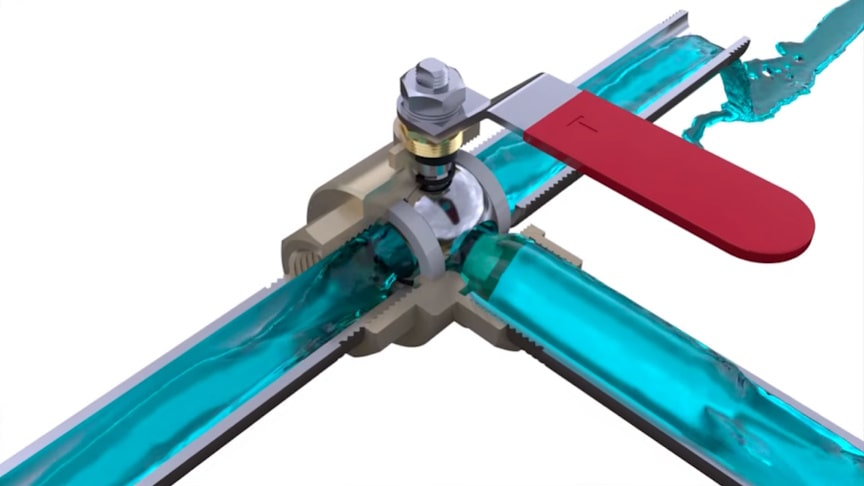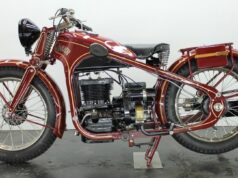Design of three-way ball valves. Valves T-port and L-port. What are their differences? The movement of fluid in three-way ball valves at various positions of the handle.A three-way ball valve has three ports or openings that are connected to piping or tubing for gas or fluid flow (media) to pass through.
source.image: Hydraulic and pneumatic systems
Three- and four-way have an L- or T-shaped hole through the middle. The different combinations of flow are shown in the figure. It is easy to see that a T valve can connect any pair of ports, or all three, together, but the 45 degree position which might disconnect all three leaves no margin for error. The L valve can connect the center port to either side port, or disconnect all three, but it cannot connect the side ports together.
The handle lies flat in alignment with the flow when open, and is perpendicular to it when closed, making for easy visual confirmation of the valve’s status.The shut position 1/4 turn could be in either clockwise or counter-clockwise direction.Ball valves are durable, performing well after many cycles, and reliable, closing securely even after long periods of disuse.
Advertisement
These qualities make them an excellent choice for shutoff and control applications, where they are often preferred to gates and globe valves, but they lack the fine control of those alternatives, in throttling applications.The ball valve’s ease of operation, repair, and versatility lend it to extensive industrial use, supporting pressures up to 1,000 bar (100 MPa; 15,000 psi) and temperatures up to 750 °F (400 °C), depending on design and materials used.











